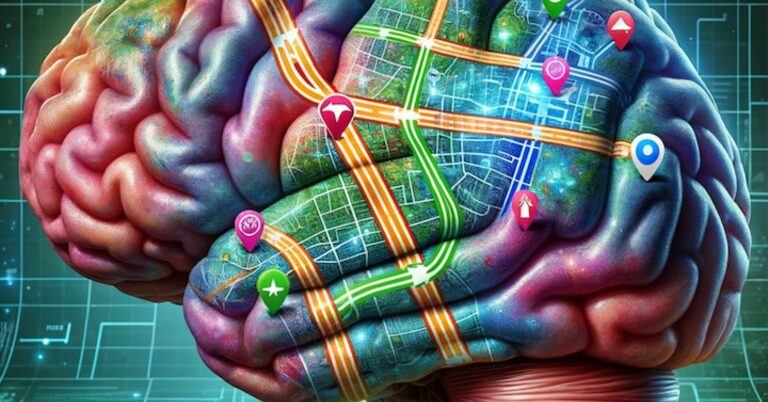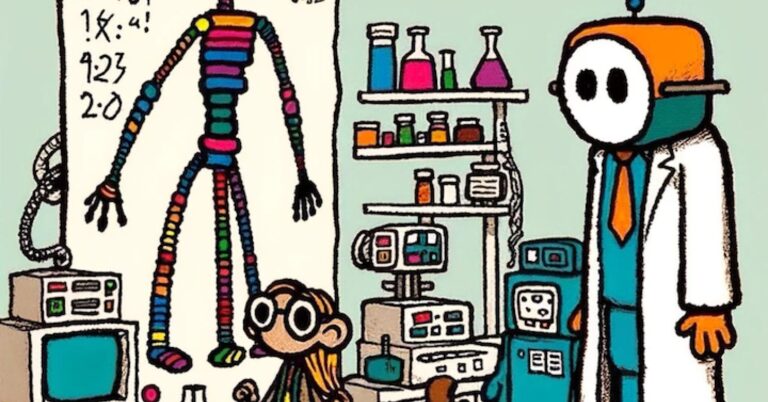
Source: Mohamed Hassan / Pixabay
Maybe it’s time to change the “history and physical” to the “history and prompt.” Maybe, but let’s start at the beginning.
The French Enlightenment philosopher Voltaire once astutely observed that you can judge a person by their questions, not just their answers. His insight into communication dynamics is particularly relevant today as artificial intelligence and natural language models like GPT-4 and GPT-4V begin to reshape the fabric of patient-doctor interactions.
The quintessential elements of the medical encounter—history-taking and the physical exam—are undergoing an evolution underpinned by AI. Today, clinicians recognize the potent art of “prompting” to harness the computational prowess of AI for more precise, personalized, and impactful patient information and medical care.
The Conventional Foundation
Historically, medical care has been rooted in the patient’s history and physical examination—a practice evolving since Hippocrates. These interactions require a set of carefully curated questions and objective assessments to form a diagnosis. In this context, each question is a prompt that can elicit medically relevant information.
The AI Advance
Machine learning and natural language processing advancements, exemplified by models like GPT-4, are redefining medical interactions. Not only can these AI systems predict outcomes and analyze data, but they can also engage in dialogues that have real diagnostic and therapeutic potential.
A Clinical Insight: Radiology
A recent clinical study examined the utility of ChatGPT in answering 22 common imaging-related questions across several categories, like safety, the procedure, and medical staff. The study found that prompts could significantly improve the consistency and relevance of the responses provided by ChatGPT.
While accuracy remained fairly high whether prompted or not (83 percent vs. 87 percent), the real advantage was the focused quality of the information provided. With prompts, fully relevant responses increased from 67 percent to 80 percent. However, the study also emphasized that oversight is needed for implementation, given some responses’ high complexity and imperfect accuracy.
A Clinical Insight: Infectious Disease
ChatGPT was tested alongside Ann Woolley, an infectious disease specialist, during the recent STAT summit. While Woolley swiftly pinpointed a diagnosis of COVID-19 in one case, ChatGPT offered a less specific range of possibilities and suggested a list of costly tests.
Interestingly, when provided with detailed prompts, the tool’s diagnostic accuracy improved in a more complex medical scenario. Woolley observed that ChatGPT could be a valuable aid for clinicians capable of critically evaluating its recommendations. However, she cautioned that the tool could mislead patients lacking the expertise to validate its suggestions.
The experiment emphasizes the critical role of human oversight in leveraging AI for medical applications. However, it’s worth noting that the increased complexity of the prompt seems to drive a superior analysis.
Conversations Drive Care
These findings offer a blueprint for how AI can be strategically integrated into medical interactions. Carefully designed prompts not only elicit targeted and relevant information but also reduce variability in responses. This augments the clinician’s skills and enables more efficient navigation through complex medical terrains. The examples begin to craft the case for the utility of large language models (LLMs) and “prompt literacy” among medical practitioners as an essential skill in the digital age.
The art of prompting will likely extend beyond text-based interactions, incorporating other data types and becoming integrated into electronic health records and real-time diagnostic systems. It could also pave the way for AI-based patient-facing educational materials.
However, the study’s conclusion also offers a note of caution, emphasizing the need for additional research and cautious implementation given the current limitations of AI.
New Conversational Triad—Doctor, Patient, and AI
The advent of AI in medicine adds a third dimension to the traditional patient-physician relationship, transforming it into a triad that includes machine intelligence. The clinical studies on ChatGPT’s are both an endorsement and a cautionary tale.
These two examples begin to validate the transformative potential of AI in patient care while emphasizing the need for further fine-tuning and oversight. Mastering the art of the prompt thus emerges as a critical competency for healthcare providers, heralding a new era where AI and human expertise coalesce to redefine medical practice for the betterment of patient care.




















+ There are no comments
Add yours